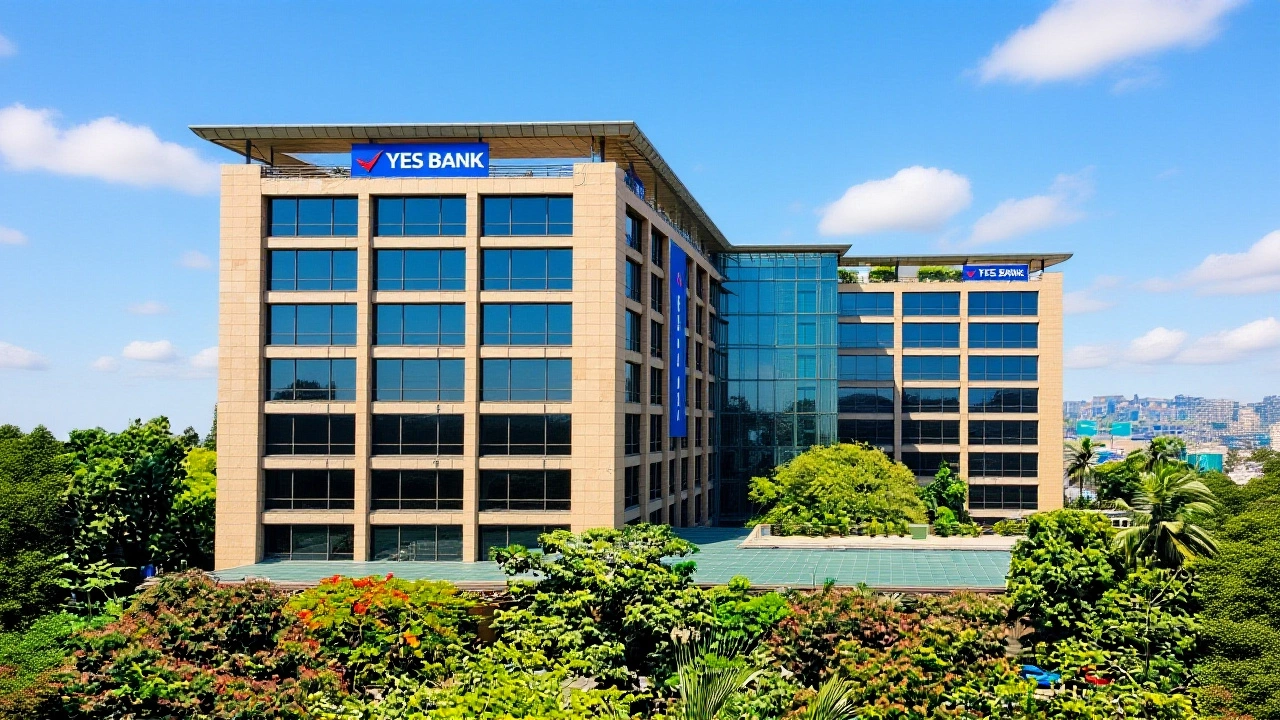Foreign Investment: What Drives It and How Policies Shape the Flow
When talking about foreign investment, most people think of money flowing across borders to build factories, open offices, or fund startups. Foreign investment, the allocation of capital by investors from one country into assets located in another country. Also known as FDI, it fuels job creation, technology transfer, and economic growth.
One of the biggest levers that can either attract or scare away investors is the tariff, a tax imposed on imported goods that raises the cost of doing business. Also called duties, a high tariff can turn a lucrative market into a costly venture, while low or zero tariffs often signal an open‑door stance for outsiders.
Beyond tariffs, the nature of a trade agreement, a formal pact between nations that sets rules, reduces barriers, and protects investor rights. Known as a free trade deal, it provides the legal scaffolding that makes cross‑border projects predictable. When a country signs a comprehensive agreement, investors gain confidence that their assets won’t disappear overnight.
The relationship between the United States and India illustrates how geopolitical ties shape US‑India trade, the exchange of goods, services, and investments between the two economies. Often referred to as the bilateral trade link, it can open doors for tech firms, pharma, and manufacturing. However, sudden policy shifts—like the recent 50% tariff on Indian imports—can cause a ripple effect, prompting investors to reevaluate risk.
Regulatory frameworks also matter. A regulatory framework, the set of laws, guidelines, and enforcement mechanisms governing business activity—including the IEEPA and Supreme Court rulings—defines the legal playground. When courts strike down or uphold tariffs, the investment climate can swing dramatically, influencing where capital seeks shelter.
Tax incentives are another piece of the puzzle. Government‑offered benefits like reduced corporate tax rates, investment credits, or special economic zones create a financial sweet spot for foreign investors. These incentives lower the effective cost of entry and boost the return on investment, making a location more competitive worldwide.
Political risk is the elephant in the room. Stability, governance quality, and policy continuity all feed into an investor’s decision matrix. Countries that maintain steady policies and transparent decision‑making often see higher inflows, while those plagued by abrupt changes—like sudden tariff hikes—face capital flight.
Below you’ll find a curated set of articles that break down these themes in detail. From the impact of US tariffs on Indian imports to how trade agreements reshape market access, each piece offers practical insights you can apply when assessing opportunities or navigating policy shifts. Dive in to see how the forces we’ve outlined play out in real‑world scenarios.
YES Bank Soars 8% as SMBC Takes 25% Stake in Landmark Deal
SBI sold 13.18% of YES Bank to SMBC for ₹8,889 crore, triggering an 8% stock surge. The landmark deal gives SMBC 24.99% control with RBI approval, signaling strong foreign confidence in India's banking sector recovery since the 2020 crisis.





